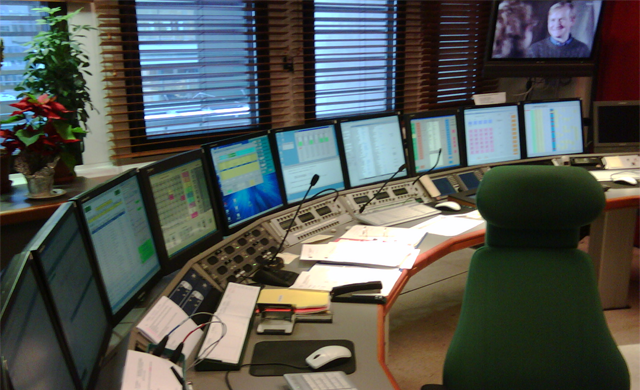Every trader—rookie or veteran—has encountered it: the flatlining equity curve, the losing streak that stings, the creeping suspicion that their edge has disappeared. That wall of doubt is what Seth Godin calls the Dip.

In his book The Dip, Godin explores the fine line between quitting wisely and persisting wisely. For traders, the lesson is clear: market success isn’t about stubbornly holding on or endlessly hopping between strategies. It’s about learning to recognize which struggles build mastery—and which are traps that drain you.
1. The Dip as a Gateway to Mastery
Every legitimate trading method carries its own Dip—the difficult period that follows early wins, where performance flattens or declines and doubts set in.
The excitement fades.
Your system underdelivers.
Confidence slips.
This is the moment most traders walk away. They believe the strategy is broken—or worse, that they are. Yet often, this is exactly where skills start compounding.
In trading, the Dip might show up as:
A six-week drawdown after a hot start
Backtest contradictions as you refine a working model
The grind of learning to stay hands-off once you’re in a trade
The Dip acts as a filter. It weeds out mediocrity and leaves behind those willing to push through toward excellence.
2. The Power of Quitting with Strategy
Blind persistence is just as dangerous as giving up too soon. The best traders know when to quit—and they do it decisively.
They drop flawed systems.
They ditch weak setups.
They eliminate distractions that sap mental energy.
The real danger lies in abandoning a Dip but clinging to dead ends. Strategic quitting means pulling the plug only when a system shows no edge—not merely because it feels uncomfortable.
Key questions to ask before quitting:
- Is this drawdown still within historical norms, or has the system fundamentally broken down?
- Am I abandoning my plan, or adapting it under pressure?
- Am I reacting to temporary pain or solid long-term data?
If the edge is gone, quit quickly and without regret. But if you’re simply stuck in a valley of discomfort, discipline and perseverance are the way forward.
3. Don’t Mistake a Dip for a Dead End
Godin draws a sharp contrast:
The Dip: A temporary challenge that rewards persistence.
The Cul-de-Sac: A road that goes nowhere, no matter how hard you push.
For traders, a Dip could be a drawdown that falls within a system’s statistical profile. A Cul-de-Sac might look like:
Scalping in illiquid markets with wide spreads
Trading headlines without a defined edge
Following a discretionary style that lags for months or years
Knowing the difference between the two may be one of the most valuable skills a trader can master.

4. Aim to Be the Best in Your World
The Dip serves as a moat. Many traders bail when conditions get tough, leaving room for those who persist. The payoff—financial, psychological, and strategic—goes to the survivors.
Godin stresses the idea of being the best in the world. In trading, your “world” is your chosen niche:
Mastering trend-following in copper futures
Perfecting mean-reversion entries in AUD/JPY
Becoming the best at knowing when to step aside and protect capital
You don’t have to dominate the entire market. You just need to outperform most traders within your chosen edge, timeframe, and instruments.
5. Quit Fast, Commit Hard
Perhaps the most actionable lesson: cut loose what doesn’t serve you, and hold firm to what does.
Quit:
Cluttered indicators
Conflicting advice
Toxic forums and endless strategy-hopping
Stick to:
Well-tested setups
Process over outcomes
Journaling, review, and disciplined execution
Risk management as non-negotiable
The Dip is the market’s test of your commitment. If your process is sound, pushing through that friction is where real growth occurs.
Conclusion: The Dip as a Trader’s Rite of Passage
Most traders fail their first Dip. They jump systems, lose emotional control, or look for shortcuts.
Those who make it? They’re the ones who correctly identify the Dip, quit what deserves quitting, and endure the discomfort that forges mastery.
“If you can’t make it through the Dip, don’t start. But if you start, don’t stop because it’s hard. Stop because it’s wrong.”
Markets are noisy. The Dip is where you discover clarity.
Learn from market wizards: Books to take your trading to the next level

 Hot Features
Hot Features













